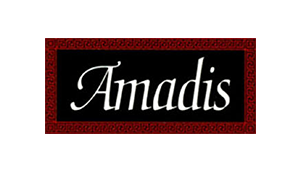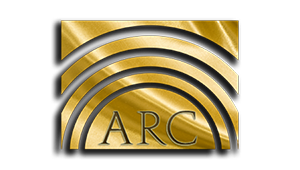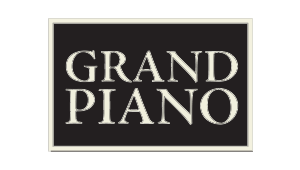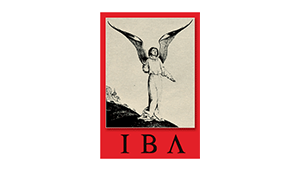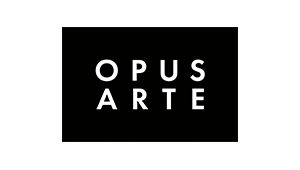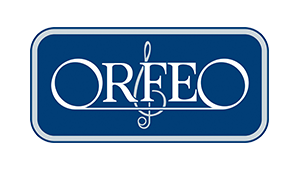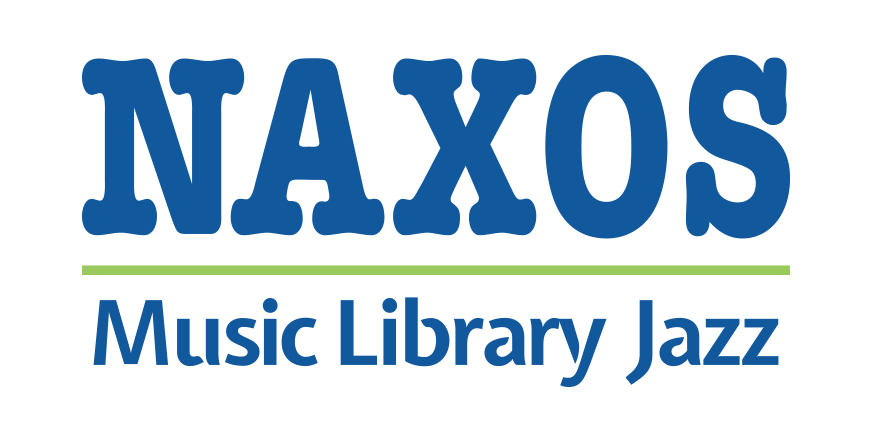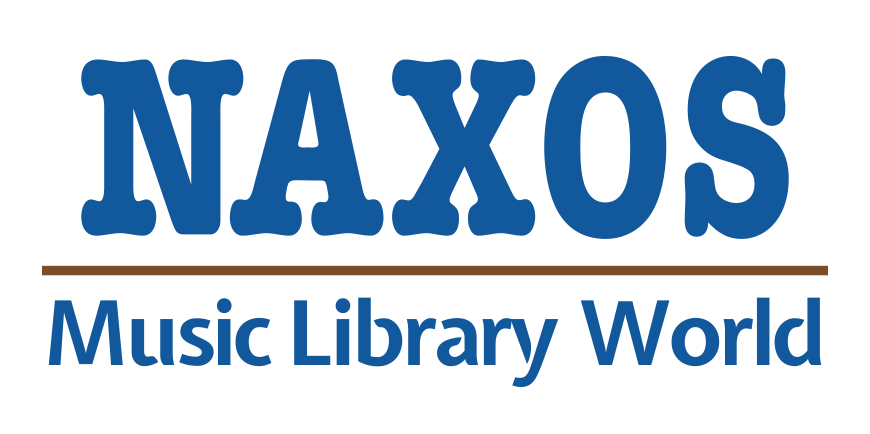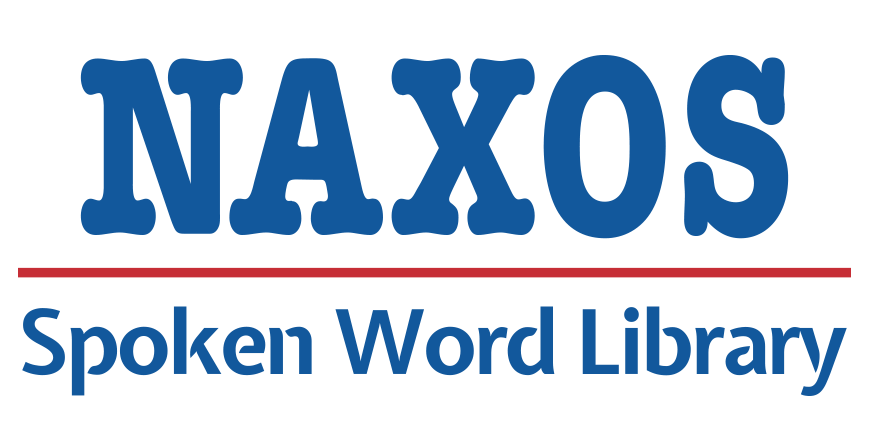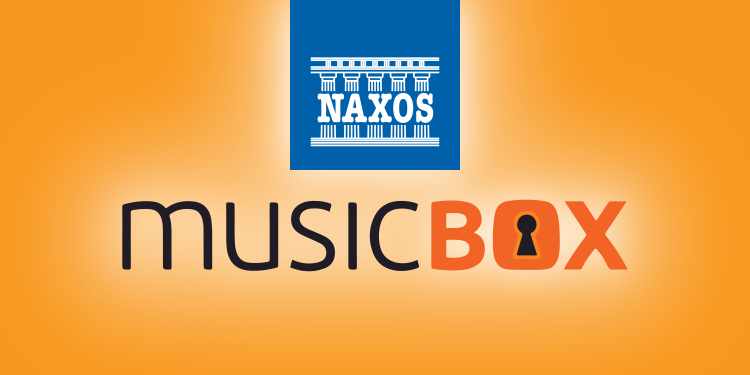
George Copeland (1882-1971)
Copeland’s father was a businessman who disapproved of his son becoming a musician, but his mother, who was Spanish, encouraged her child, and young George began piano lessons at the age of five with Karl Baermann who had studied with Liszt. Frequent trips to Europe with his mother enabled George to study with Teresa Carreño in Berlin, and he later had lessons with Harold Bauer; but it remains uncertain what formed Copeland’s unusually clear piano tone, or his penchant for the music of Debussy.
Copeland played recitals and chamber music in Boston from the late 1890s, and his performances of Debussy in 1905 and 1906 were notable events. The famous Boston critic Philip Hale (1854–1934) wrote that Copeland’s best attributes were ‘…his touch of crystalline clearness; his exquisite sense of rhythm; his intimate variety of tonal colors’. Hale championed French music, and in Copeland must have found an ideal performer.
After playing in Vienna, Rome and Milan in 1911, Copeland travelled to Paris to meet Debussy. After hearing ten of his pieces played for him, Debussy responded, ‘It is not my habit to pay compliments. But I wish to say, Mr Copeland, that I never thought to hear my music played as well as that in my lifetime.’
Between 1915 and 1921 Copeland worked with Isadora Duncan and her dancers who danced to his renditions of Chopin. During the 1920s it appears that Copeland lived in Majorca, although it was reported in the British press in 1921 that he planned to make his home in London. After his London debut in July 1920, he returned to give two recitals in March and April of 1921. Bach, Mozart, Chopin and Liszt were on the programme. A reviewer found his Mozart Fantasy in C minor K. 475 ‘rather too well poised’, while Chopin’s Ballade No. 1 in G minor Op. 23 was criticised for its ‘battering-ram climax’, an encore of a mazurka being far preferred. However, it was the group of Debussy and Spanish music that was ‘…the more interesting because they showed his individuality as a pianist’. In the very week that Copeland was playing his arrangement of Debussy’s Prélude à l’Après-midi d’un faune at Aeolian Hall, pianist Leonard Borwick was giving two recitals at the same hall. Borwick also made an arrangement of this Debussy composition that was recorded by Mark Hambourg in 1922. Copeland’s arrangement was appreciated as ‘skillfully made and beautifully executed.’ The following month’s recital included Schumann’s Études Symphoniques, Ravel’s Rigaudon and John Ireland’s The Island Spell in addition to a group of Debussy and Spanish compositions. A critic echoed Philip Hale’s comments when he wrote, ‘Perhaps the outstanding qualities of Mr George Copeland’s pianoforte playing… are his clarity of rhythm, not only in detail, but in respect of the treatment of a movement as a whole.’
In 1929 Copeland returned to play in Boston for the first time in over ten years. At this time he also played at Carnegie Hall and a year later was heard with the Philadelphia Orchestra and Leopold Stokowski in Falla’s Noches en los jardines de España. In the 1930s Copeland was based in Europe, making visits to America for performances and recordings. In the 1940s he resided permanently in New York giving a recital each season and collaborating with Serge Koussevitzky and the Boston Symphony Orchestra in Mozart’s Piano Concerto in E flat K. 482 and with Maggie Teyte in a Debussy programme in 1945. His Golden Jubilee recital at Carnegie Hall in 1957 was a great success and his final recital in New York was given in March 1963. His final public performance took place in May 1964 at Yale University.
Copeland’s first recordings were made for Victor in March 1933 when he recorded mainly Spanish music. A few weeks later, on 21 March, he returned to record a large amount of Debussy including his own arrangement for solo piano of Prélude à l’Après-midi d’un faune, six of the préludes, Soirée dans Grenade and Clair de lune. Further sessions for Victor in 1936 and 1938 produced more Debussy, plus Satie, Milhaud, and Spanish music by Mompou, Albéniz, Nin, Turina, Granados and Villa-Lobos as well as music by such lesser-known composers as Zuera, Lehmberg, Lecuona, Pittaluga and Infante. A powerful performance of Malagueña by Albéniz shows how Copeland is perfectly suited to the Spanish idiom. Some Bach was also recorded, two movements from the English Suite No. 5 and a Bach transcription by Walter Rummel.
These recordings show Copeland to be all the things Philip Hale recognised: in French and Spanish compositions he is an ideal pianist. His clarity of sound is most noticeable, and his rhythmically-controlled, lucid approach to these works is similar to that of Ricardo Viñes, and a long way from that of Walter Gieseking’s pellucid recordings of twenty years later. Indeed, although he rarely taught, a pupil of Copeland, George Bennette, stated, ‘Mr Copeland points out that the music of the Spanish composers, particularly, suffers when too much rubato is used, and its real affect is spoiled by sentimentalising. This does not mean that Mr Copeland does not believe in rubato, but he uses it sparingly.’ The same pupil paraphrased Copeland on sound production at the piano, stating, ‘…too many pianists today listen, but they do not hear. Otherwise why do they allow themselves to produce, continuously, such harsh, ugly sounds at their instruments?’
More recordings were made for MGM in 1950, but all of Copeland’s solo Victor recordings from the 1930s have been released on two compact discs by Pearl with the addition of two live performances from his final recital in 1964. The live recordings are stunning in their virtuosity and control. The success of the Pearl release led to another on the same label of private recordings from 1957–1963 and here Copeland can be heard not only in more Debussy that he did not record commercially, but also in Mozart and Schumann.
© Naxos Rights International Ltd. — Jonathan Summers (A–Z of Pianists, Naxos 8.558107–10).


